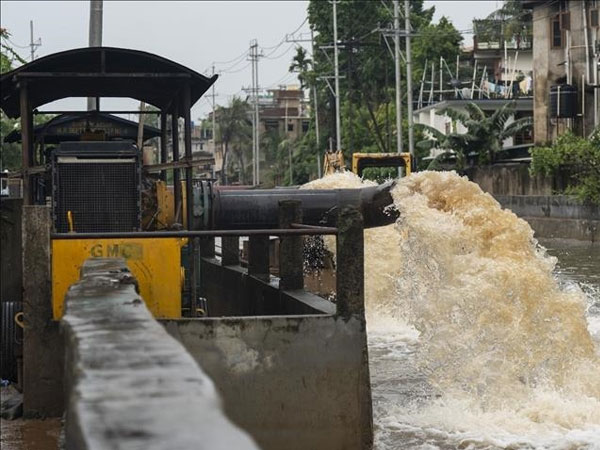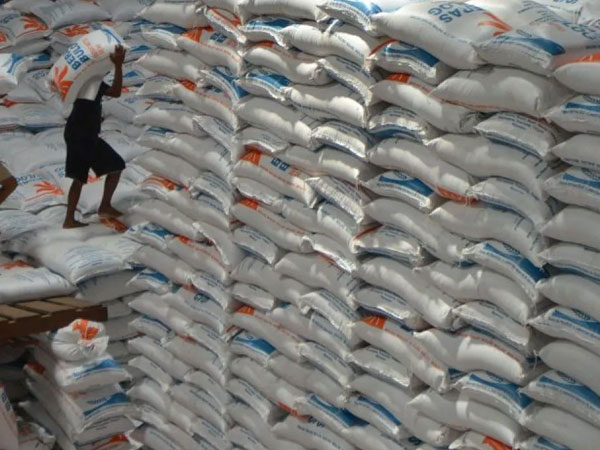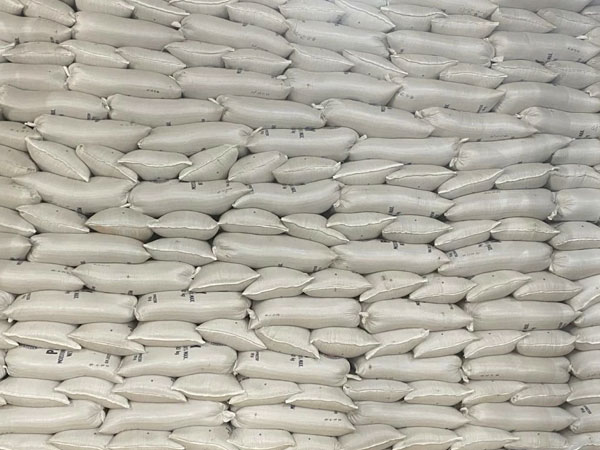 For weeks, floodwaters submerged much of Punjab’s farmland, leaving devastation in their wake. At least 57 people have died in the state, while more than 500 people have been killed in rain-related incidents across northern India this year.
For weeks, floodwaters submerged much of Punjab’s farmland, leaving devastation in their wake. At least 57 people have died in the state, while more than 500 people have been killed in rain-related incidents across northern India this year.
Farmers in shock
Until recently, Garkaran Singh, a resident of the Indian state of Punjab was looking forward to a good harvest on his five acres of paddy fields. His hopes were washed away as floodwaters rose.
“Water is now going down, but my entire crop has been badly damaged… there are huge losses,” Singh said, a resident of state’s border Fazilka district. He admitted he is still in “shock” after seeing his fields destroyed.
“I was expecting a good crop this year, but god had other plans,” he added.
Sarwan Singh, a farm leader in Punjab, told Anadolu the damage is widespread. “The area is known as a rice bowl, so obviously it is a big issue,” he said. After visiting farmlands, he found the paddy crop had turned black. He added that the chances are very low that any good crop will be there on the impacted land this time.
The harvesting of paddy was scheduled to begin in November, before farmers rotate their fields to wheat. The double blow of lost rice harvest and uncertain wheat planting threatens both livelihoods and the wider food chain.
Scale of devastation
The Punjab government said in a statement Thursday that 2,490 villages were affected and nearly 200,000 hectares of farmland damaged.
The floods also crippled infrastructure: around 700,000 people left homeless, 3,200 government schools damaged, 19 colleges destroyed, 1,400 clinics and hospitals ruined, 8,500 kilometers (5,281 miles) of roads washed away, and 2,500 bridges collapsed.
With the waters now receding, the scale of the destruction has become clearer, and recovery appears daunting.
Relief and solidarity
For many in Punjab, survival has become the priority. Relief efforts have been launched by local groups, NGOs, and individuals across India, providing shelter, food, and supplies.
“People in large numbers from within the state and also outside are coming forward and helping the flood-affected people,” said Garkaran Singh. “It would take a long time to overcome this disaster. Farmers are badly hit.”
Sandeep Aneja, who is associated with a relief group in Fazilka, said aid was pouring in. “Different groups are coming to the state with relief,” he said.
Livestock losses
Beyond crops, the loss of livestock has compounded the tragedy. For many families, cattle are both livelihood and lifeline. The non-profit organization, Global Sikhs emphasized this in their relief efforts.
“As for the farmers, animals are not just animals, they are family and livelihood,” the group said. It has begun distributing livestock in flood-hit regions such as Gurdaspur to help families rebuild.
“Livestock distribution carried out by Global Sikhs in the flood-affected regions of Gurdaspur,” the group said in a post on US social media company Facebook.














© Copyright 2025 The SSResource Media.
All rights reserved.